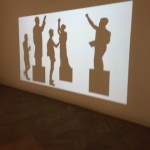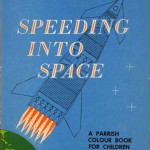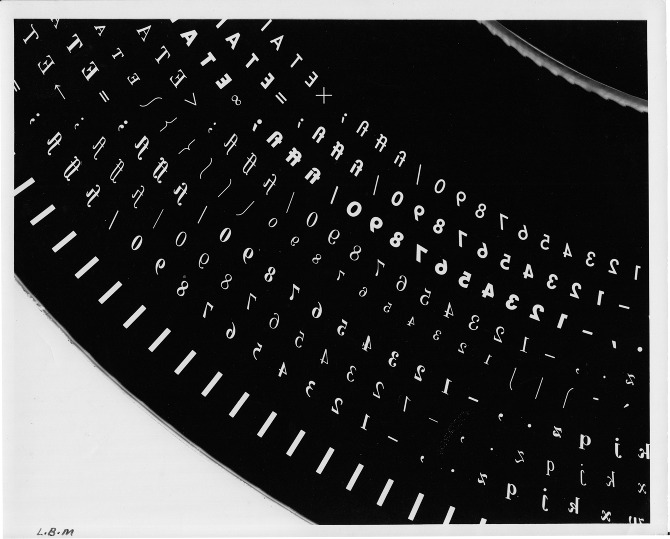
The London Underground celebrates 150 years today. One of the best representations of the London Underground was a book for children, Railways under London by Marie Neurath, published by Max Parrish in 1948.
This book explained to young readers how the Underground worked, including how escalators and lifts work, how platforms are built for speed and how machines print tickets and give change. Some of the illustrations in the book are straightforward and easy to understand; others are much more complex and require detailed study.
Much of the preparatory material for the book is in the Otto and Marie Neurath Isotype Collection held here in the Typography Department at Reading. Notes and sketches shows the care that was taken in making sure that the explanations were technically correct: the designers and artists often worked from engineering drawings supplied by London Transport, and final drawings were sent to experts for checking before they were produced in the book.

This cross-section diagram conveys depth by showing tunnels at different levels, and shows how people got to and away from the trains by stairs and escalators. The people pictograms take different forms: some represent people standing still; a shortened leg on the standing still pictogram represents people walking up and down stairs, and a side view configuration indicates people walking.

This diagram explains how escalators work. A full explanation requires the reader to engage with the text, which is written in a very child-friendly way. The pictures of the posters on the wall, albeit comprising Isotype images, and the people on the stair, in particular one holding the handrail and one walking off the escalator, adds contextual information relevant to the London Underground.
See www.isotyperevisited.org












